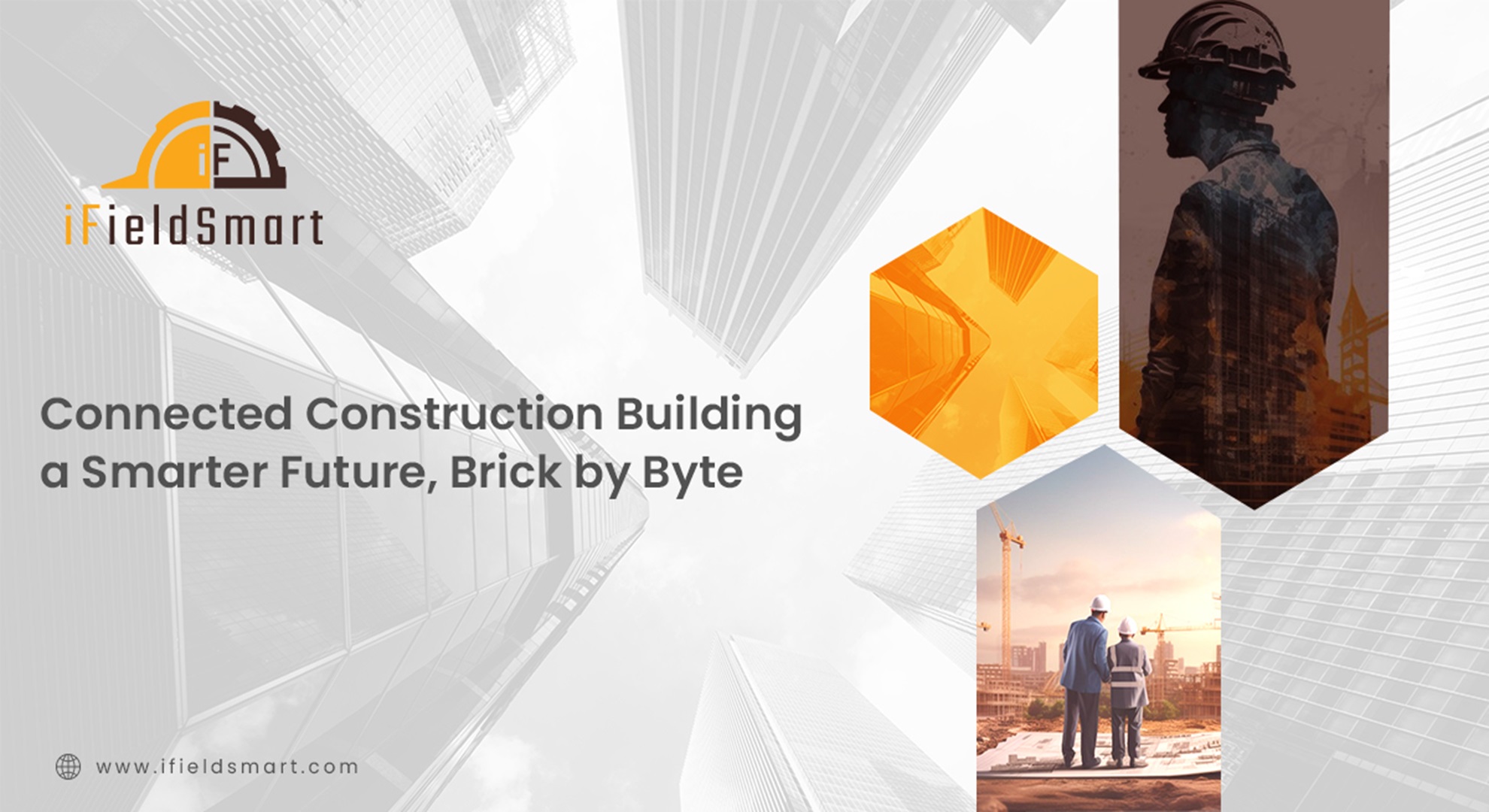
Connected Construction: Building a Smarter Future, Brick by Byte
Reading Time: 2 minutesThe construction industry has long been known for its traditional, paper-based processes and siloed workflows. But as technology continues to evolve at a rapid pace, a new era is dawning: the era of Connected Construction.
Table of Contents
ToggleWhat is Connected Construction?
In simple terms, Connected Construction refers to the integration of various technologies and data sources to create a more seamless and efficient construction process. This includes:
- Building Information Modeling (BIM): Creating a digital 3D model of the entire building, containing all relevant information from design to construction.
- Internet of Things (IoT): Connecting construction equipment, sensors, and tools to collect real-time data on progress, safety, and resource usage.
- Cloud computing: Storing and sharing project data securely and accessibly across all stakeholders.
- Mobile technologies: Using tablets and smartphones for on-site data capture, collaboration, and decision-making.
The Benefits of a Connected Future:
The potential benefits of Connected Construction are vast and far-reaching. Here are just a few key examples:
- Increased Efficiency: Streamlined workflows, improved collaboration, and real-time data insights can lead to shorter project timelines, reduced costs, and minimized rework. A McKinsey report estimates that Connecting Construction can boost productivity by 5-10%.
- Enhanced Quality: Improved communication and data sharing can lead to fewer errors and defects, resulting in higher-quality construction outcomes. A study by Deloitte found that Connected technology can reduce defects by up to 50%.
- Improved Safety: Real-time monitoring of equipment and worker activity can help identify and mitigate potential safety hazards, leading to safer job sites and reduced accidents. A Dodge Data & Analytics report states that construction fatalities have decreased by 28% since 2007, partly due to technological advancements.
- Greater Sustainability: Connected technology in Construction can help track and optimize resource usage, leading to reduced waste and a more sustainable construction process. A study by the World Green Building Council found that buildings account for 39% of global energy-related CO2 emissions, highlighting the need for sustainable solutions.
The Road Ahead:
While Connected Construction holds immense promise, there are still challenges to overcome. These include overcoming data security concerns, ensuring interoperability between different technologies, and upskilling the workforce to utilize new tools and processes.
However, the potential benefits are too significant to ignore. As the construction industry continues to embrace digital transformation, Connected Construction is poised to revolutionize the way we build, creating a future that is smarter, faster, safer, and more sustainable.
visit : www.ifieldsmart.com
Sources:
.
McKinsey Global Institute: Imagining construction’s digital future: A global forecast to 2030 (2016)
Deloitte: Connected Construction: A new technology mindset for a new era (2022)
Dodge Data & Analytics: Construction Fatality Data (2023)
World Green Building Council: Bringing Buildings to Net Zero (2021)
You may also like
Recent Blog Post
- Best construction document management software solutions for 2025
- Revolutionizing Construction Inspections: The Power of Construction Inspection Software
- Centralized Communication and Collaboration: The Backbone of Construction Project Management
- From RFIs to Drawings: How iFieldSmart Powers Procore Workflows for End-to-End Construction Management
- Beyond Basic Sync: How iFieldSmart Supercharges Procore & Autodesk Workflows for Smarter Construction Management
Work Smarter, Not Harder
iFieldSmart empowers your team with AI-driven efficiency to simplify scheduling, boost collaboration, and keep projects on track — with human support every step of the way.
